Children living on Indonesia’s coast get free goggles to enjoy – and save – precious reef
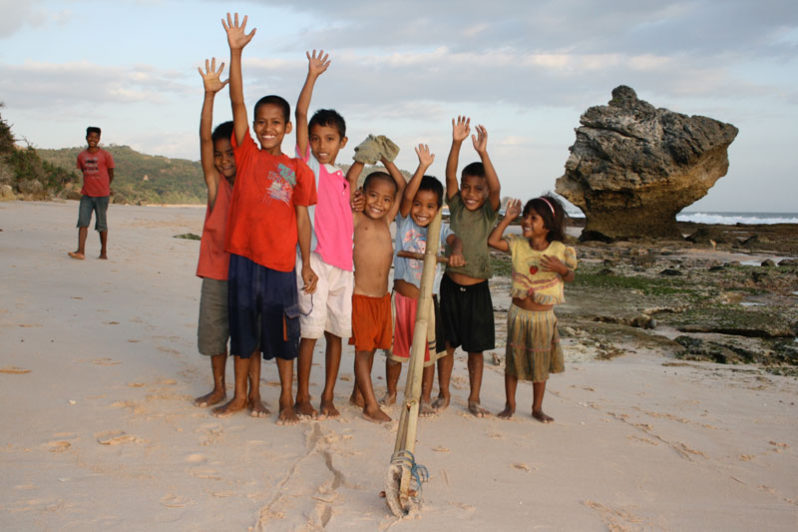
Indonesia’s maritime affairs minister has come up with an unconventional way to help preserve precious reefs from marine pollution: distribute boatloads of free goggles to children in the archipelago’s remote coastal regions. She wants to give next generation ‘the eyes’ to appreciate the marine world.
Mapping blue carbon in mangroves worldwide
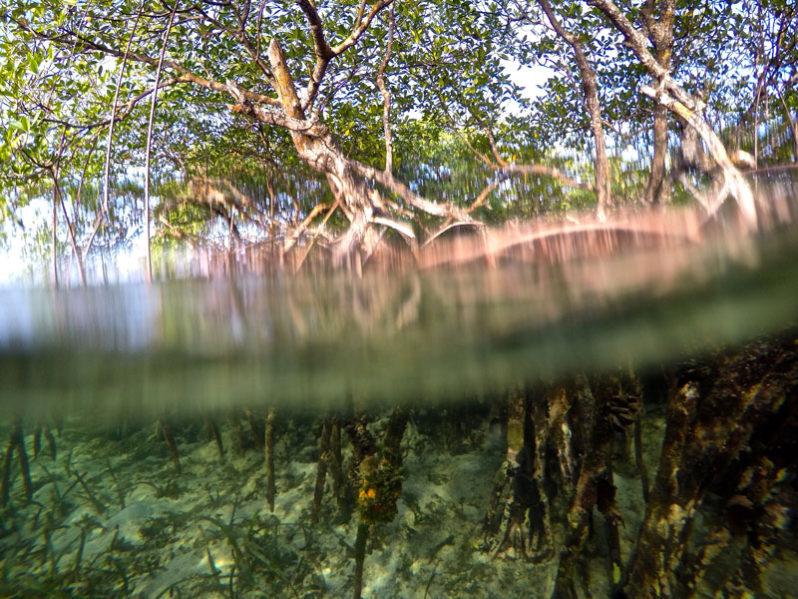
Mangroves store greater amounts of carbon than any other terrestrial ecosystem, which helps reduce carbon dioxide and greenhouse gases in the atmosphere. When carbon is stored in the ocean or coastal ecosystems, it is called blue carbon. However, a more precise estimate of how much blue carbon is stored by mangroves has not been available until recently.
Worst “red tide” toxic algae bloom in years killing turtles, manatees in Florida
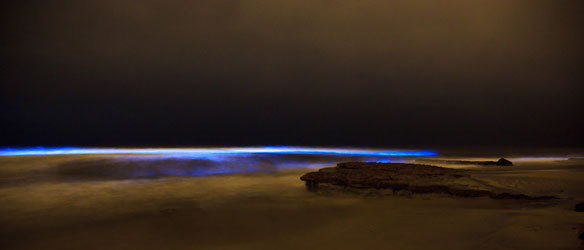
Thousands of fish, eels and turtles are dying, sometimes as far as the eye can see, in parts of southwest Florida. Just this week, one of several lifeless manatees was pulled from the water. The suspected culprit is a toxic algae bloom known as “red tide.”
How Do Marine Mammals Avoid the Bends?
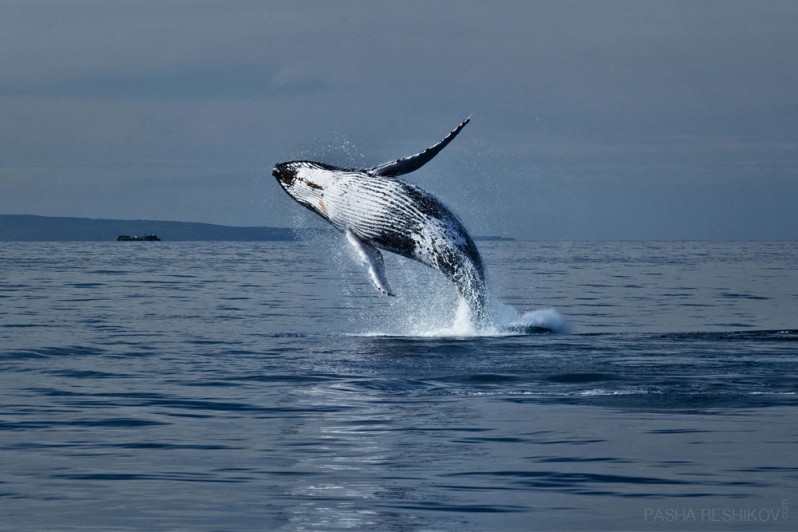
Unlike previously thought, deep-diving whales and other marine mammals can get the bends—the same painful and potentially life-threatening decompression sickness that strikes scuba divers who surface too quickly. A new study offers a hypothesis of how marine mammals generally avoid getting the bends and how they can succumb under stressful conditions.
What is a red tide?
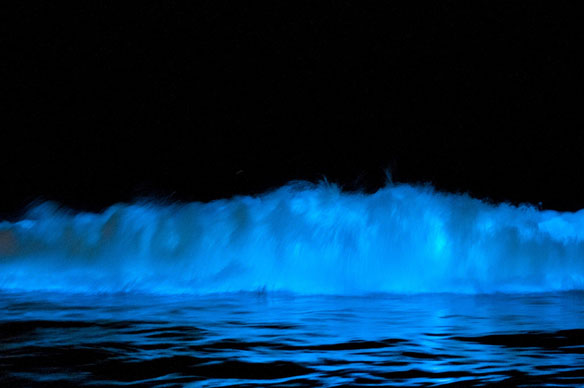
Harmful algal blooms pop up nearly every summer, turning coastal waters red and creating problems for marine life and humans.
Taking stock of the world’s sandy beaches

About 31 percent of the world’s coastlines are sandy. Africa has the highest proportion of sandy beaches (66 percent) and Europe has the lowest (22 percent). Researchers found that beaches in Australia and Africa have experienced more erosion than growth. The opposite is true on all other continents, where beaches are generally growing…
Earth Overshoot Day: August 1st, 2018
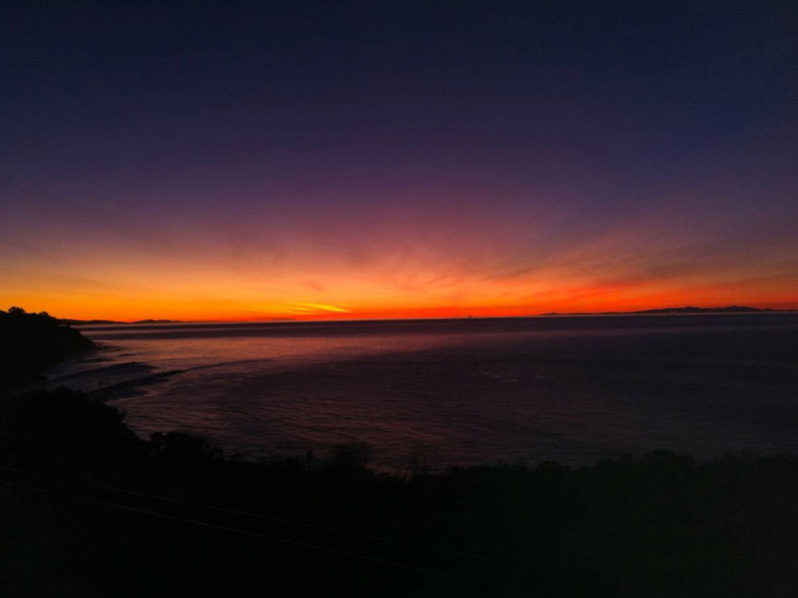
Earth Overshoot Day is not a day to be celebrated, but it is a day that deserves to be noticed and acted upon. It’s the day we go into ‘nature debt,’ utilizing more than the year’s supply of water, forest and agricultural resources
Sea level rise has already sunk Carolinas beach property values — by $1.6 billion, study finds
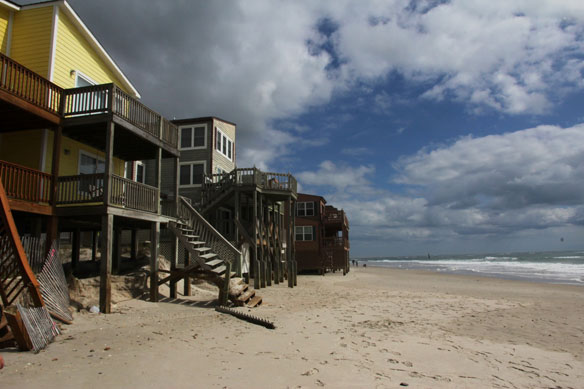
Sea levels are rising and the southeast has already lost billions in property value, a recent study shows. Scientists have found $7.4 billion was lost in home values across North Carolina, South Carolina, Virginia, Georgia and Florida because of sea level rise flooding from 2005 to 2017.
Sea mammal on brink of extinction targeted by “mafias” in Baja, Mexico
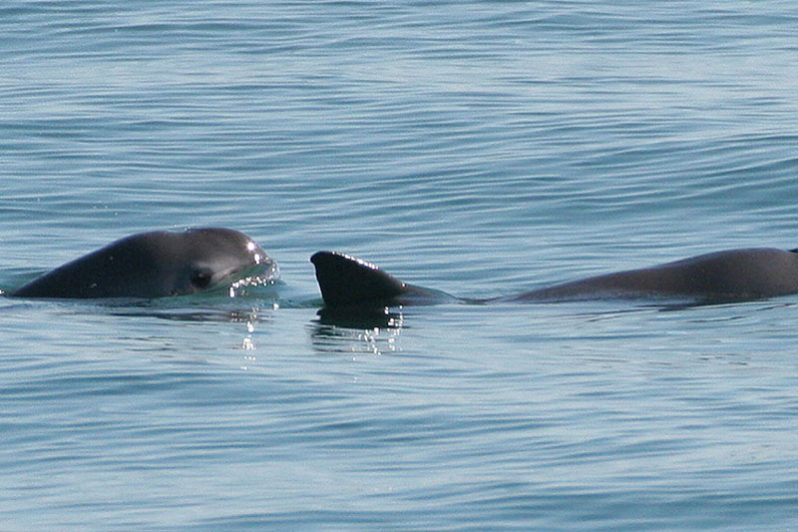
There’s a crisis going on in the Pacific Ocean as an innocent porpoise falls prey to money and greed. The Vaquita is only about 4 feet long, weighs less than 100 lbs and calls the waters off the coast of Baja, Mexico home. With fewer than 30 left, it’s the most endangered marine mammal in the world.
